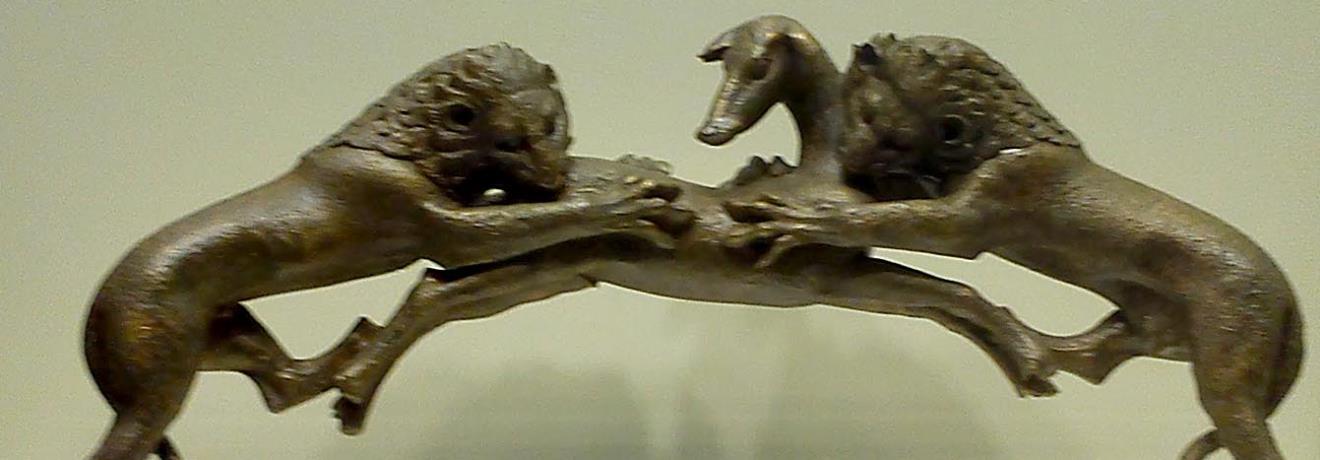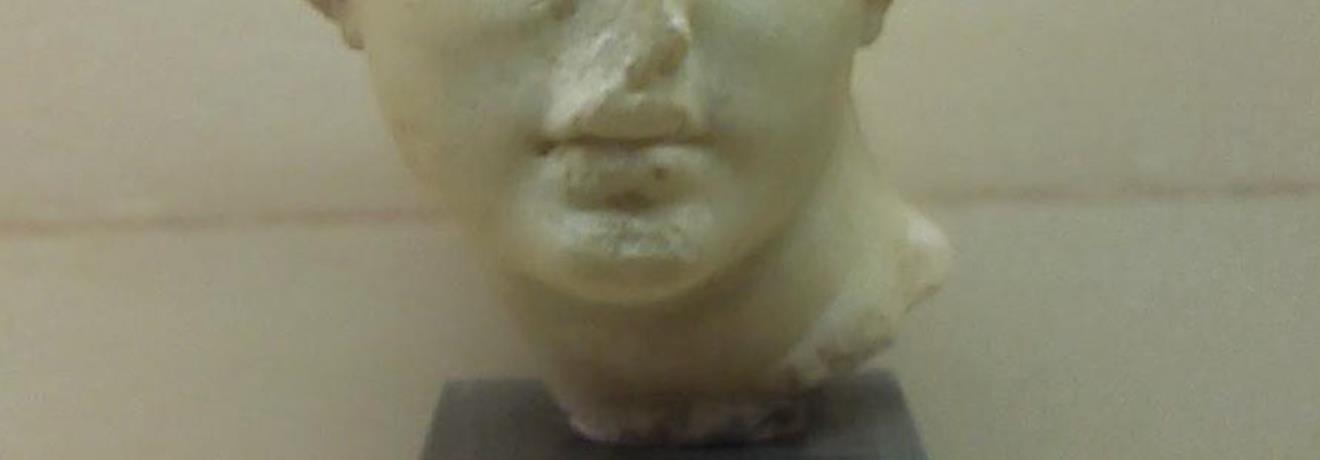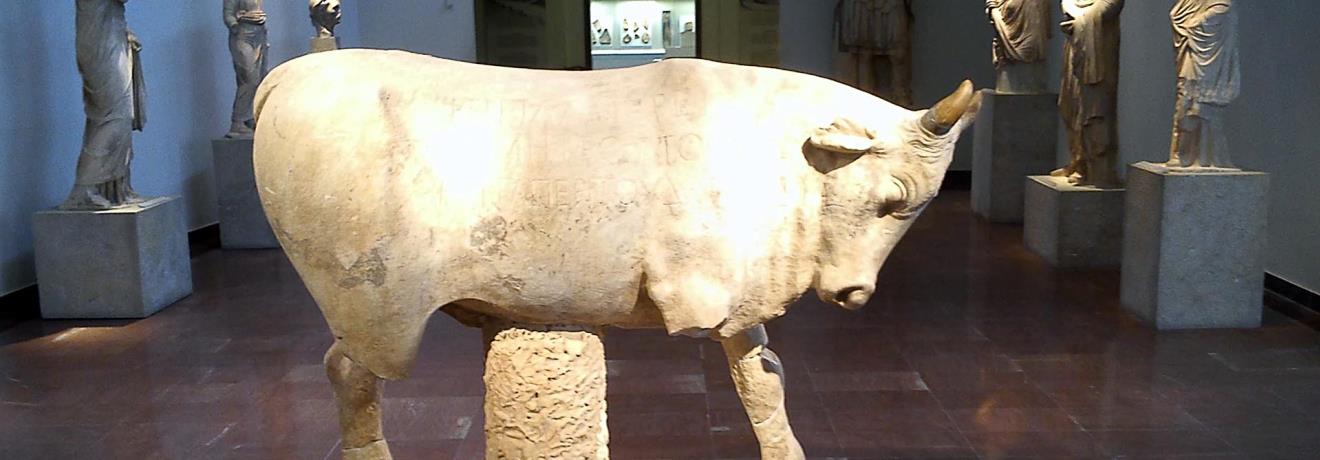Μια ανάσα δρόμο από τον
αρχαιολογικό χώρο βρίσκονται τα τρία μουσεία της Ολυμπίας που αφηγούνται τη μακραίωνη ιστορία του ιερού του Δία και των διάσημων αγώνων του: Το Αρχαιολογικό Μουσείο, το
Μουσείο της Ιστορίας των αρχαίων Ολυμπιακών Αγώνων και το
Μουσείο της Ιστορίας των Ανασκαφών της Ολυμπίας.
Παλαιότερο των τριών, το Αρχαιολογικό Μουσείο ιδρύθηκε το 19ο αι. για να στεγάσει τα ευρήματα που οι ανασκαφές της 'Αλτης έφερναν αδιάλειπτα στο φως. Ο πλούτος των ευρημάτων, που συνέχισαν να συσσωρεύονται ακόμη και μετά από 100 χρόνια αρχαιολογικής έρευνας, καθιστούσε επιτακτική την ανάγκη για ένα κτίριο μεγαλύτερο, αλλά και ασφαλέστερο, λόγω της έντονης σεισμικότητας στην περιοχή. Το νέο μουσείο της Ολυμπίας χτίστηκε στη δεκαετία 1966-1975 και αναδιαμορφώθηκε εκ νέου το 2004, ενόψει των Ολυμπιακών Αγώνων της Αθήνας.
Σήμερα, οι μόνιμες συλλογές του μουσείου διασχίζουν 12 αίθουσες και πάνω από 3.500 χρόνια ιστορίας: από τα πρώτα ίχνη ανθρώπινης παρουσίας στην Ολυμπία κατά την 3η χιλιετία π.Χ. έως το λυκόφως του ιερού τον 7ο μεταχριστιανικό αιώνα. Διάσημο για τα γλυπτά του και μοναδικό για τη συλλογή των χάλκινων αντικειμένων του, που είναι η πλουσιότερη στον κόσμο, το Αρχαιολογικό Μουσείο της Ολυμπίας εύλογα συγκαταλέγεται στα σημαντικότερα της Ελλάδας.
Δείτε τα σημαντικότερα
Η συλλογή χάλκινων αντικειμένων
Πάνω από 14.000 χάλκινα αντικείμενα διέσωσε το υγρό χώμα της Ολυμπίας, μακράν ο μεγαλύτερος αριθμός που έχει βρεθεί σε περιοχή του αρχαίου ελληνικού κόσμου. Πολυάριθμα είναι τα
ειδώλια ανθρώπων και ζώων, που χρονολογούνται ήδη από τον 9ο αι. π.Χ. Συχνά αναπαριστούν
πολεμιστές,
ηνιόχους πάνω στ' άρματά τους και φυσικά
αθλητές, όπως το
ειδώλιο του δισκοβόλου του 6ου αι. π.Χ. ή το
ειδώλιο του δρομέα των αρχών του 5ου αι.
Εντυπωσιακοί είναι οι μεγάλοι
χάλκινοι λέβητες που συχνά διακοσμούνται με
γρύπες ή
σειρήνες, φανταστικά και δαιμονικά πλάσματα δανεισμένα από την Ανατολή. Από τις πιο χαρακτηριστικές δημιουργίες της αρχαϊκής μεταλλοτεχνίας, οι λέβητες αυτοί αποτελούσαν πολυτελή αναθήματα στο ιερό και μας προσφέρουν μια εύγλωττη μαρτυρία για την άνθηση της οικονομίας και των τεχνών στην Ελλάδα του 7ου και 6ου αιώνα π.Χ.
Εκτός από τους προσκυνητές και τους Ολυμπιονίκες, λόγο να ευχαριστήσουν το Δία είχαν και οι πολεμιστές που γύριζαν νικητές από τα πεδία των μαχών και οι οποίοι κατέθεταν τα όπλα τους ως δώρο στο θεό. Ένα ολόκληρο αρχαίο οπλοστάσιο σχηματίζουν τα κράνη, οι θώρακες, οι ασπίδες και άλλα εξαρτήματα οπλισμού που βρέθηκαν στην Ολυμπία και εκτίθενται σήμερα στο μουσείο. Ανεκτίμητης ιστορικής αξίας είναι το
κράνος του Μιλτιάδη, αφιέρωμα του Αθηναίου στρατηγού στο ιερό μετά τη νίκη του στη μάχη του Μαραθώνα το 490 π.Χ. Μοναδικό στο είδος του εύρημα αποτελεί και ο
πολιορκητικός κριός του 5ου αι. π.Χ.
Η συλλογή των γλυπτών
Τα
γλυπτά του ναού του Δία και δύο από τα διασημότερα αγάλματα της αρχαιότητας, η
Νίκη του Παιωνίου και ο
Ερμής του Πραξιτέλη, συγκαταλέγονται στα αριστουργήματα της κλασικής τέχνης, που ο επισκέπτης θα έχει την ευκαιρία να θαυμάσει στο Αρχαιολογικό Μουσείο της Ολυμπίας. Οι πλούσιες συνθέσεις των αετωμάτων και των μετοπών του ναού του Δία, με τις μυθικές παραστάσεις αρματοδρομίας και κενταυρομαχίας, τους 12 άθλους του Ηρακλή και την
εμβληματική μορφή του Απόλλωνα του δυτικού αετώματος, αποτελούν το απόγειο της πλαστικής του α΄ μισού του 5ου αι. π.Χ.
Στην εκπνοή του ίδιου αιώνα, στα 420 π.Χ., ο γλύπτης Παιώνιος φιλοτέχνησε τη
φτερωτή Νίκη, το άγαλμα που έκτοτε καθόρισε, ως διαχρονικό πρότυπο, την εικονογραφική αλληγορία της νίκης στη δυτική τέχνη. Όχι τυχαία, η Νίκη του Παιωνίου είναι το άγαλμα που απεικονίζεται στα Ολυμπιακά μετάλλια από το 1896 έως σήμερα.
Στα 330 π.Χ., ο Πραξιτέλης σκάλισε το
άγαλμα του Ερμή που κρατά το βρέφος Διόνυσο· από τα ελάχιστα κορυφαία έργα του 4ου αι. π.Χ. που έχουν σωθεί στο πρωτότυπο, δεδομένου ότι οι πιο φημισμένες δημιουργίες αυτής της περιόδου μάς είναι γνωστές από ρωμαϊκά αντίγραφα.
Ο Φειδίας και το εργαστήριό του
Τι μπορεί να περιέχει το εργαστήριο του γλύπτη που δημιούργησε ένα από τα επτά θαύματα του αρχαίου κόσμου; Σε μία από τις αίθουσες του μουσείου εκτίθενται τα ευρήματα από το εσωτερικό του εργαστηρίου που έστησε ο Φειδίας για να κατασκευάσει το χρυσελεφάντινο άγαλμα του Δία: υπολείμματα πρώτων υλών, εργαλεία, γυάλινα κοσμήματα και πήλινες μήτρες που χρησιμοποιήθηκαν για την κατασκευή του αγάλματος. Αλλά και το περίφημο
κύπελλο του Φειδία, που ο γλύπτης φρόντισε να δηλώσει ότι του ανήκει, αφού χάραξε στη βάση του
ΦΕΙΔΙΟΥ ΕΙΜΙ.
Δείτε περισσότερα
Το Αρχαιολογικό Μουσείο της Ολυμπίας από τη σειρά εκδόσεων "Ο Κύκλος των Μουσείων" του Ιδρύματος Λάτση.



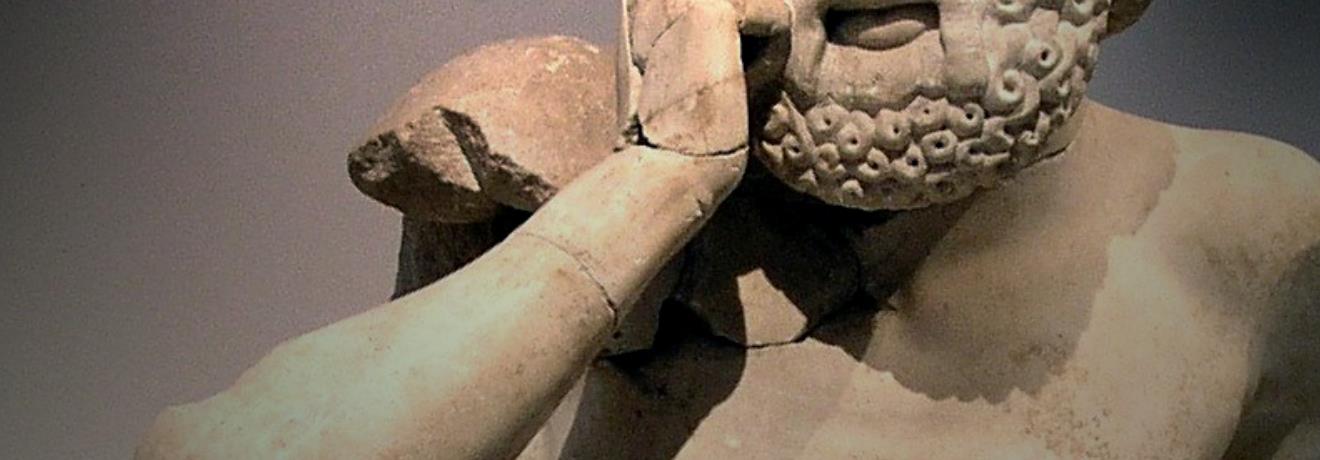

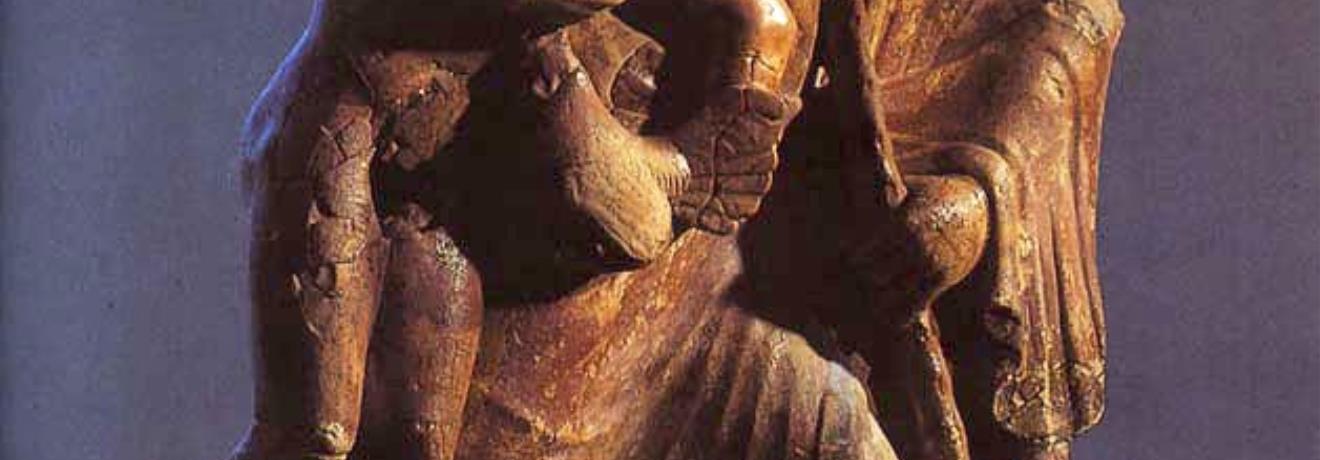
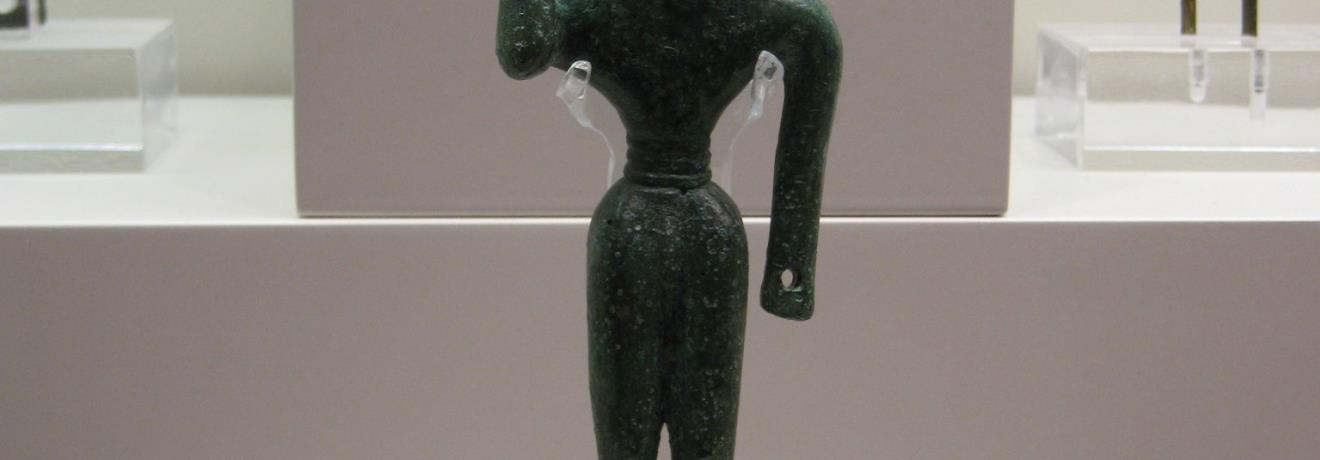


![Το κράνος του Μιλτιάδη. Στο κάτω μέρος η επιγραφή ΜΙΛΤΙΑΔΕΣ ΑΝΕ[Θ]ΕΚΕΝ [Τ]Ο ΔΙ](showphoto.asp?FN=MGfiles/travel/image32048[7352].jpg&w=1320&h=460)



